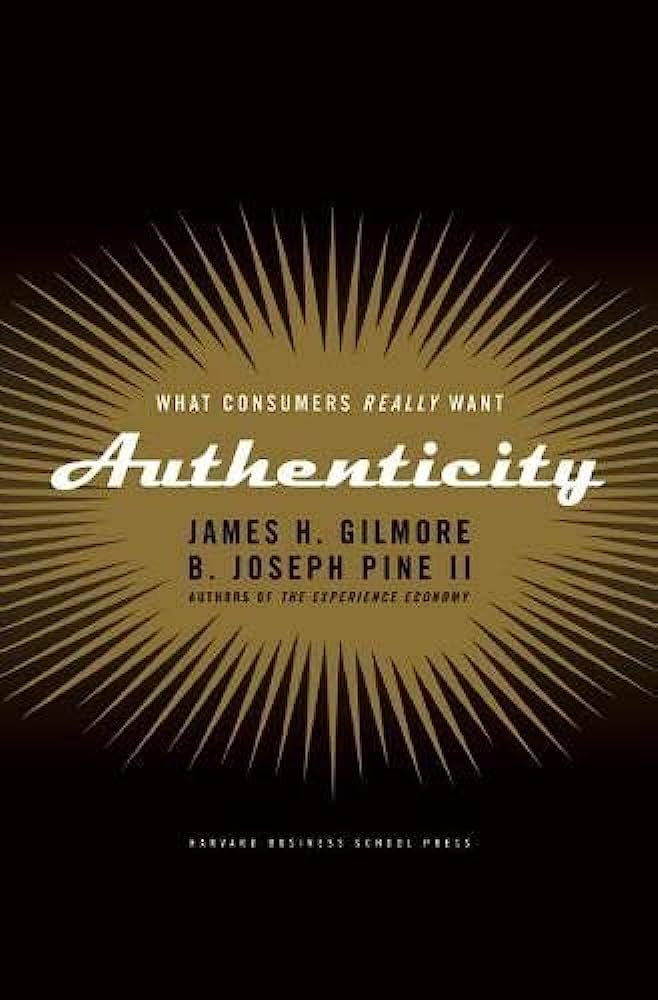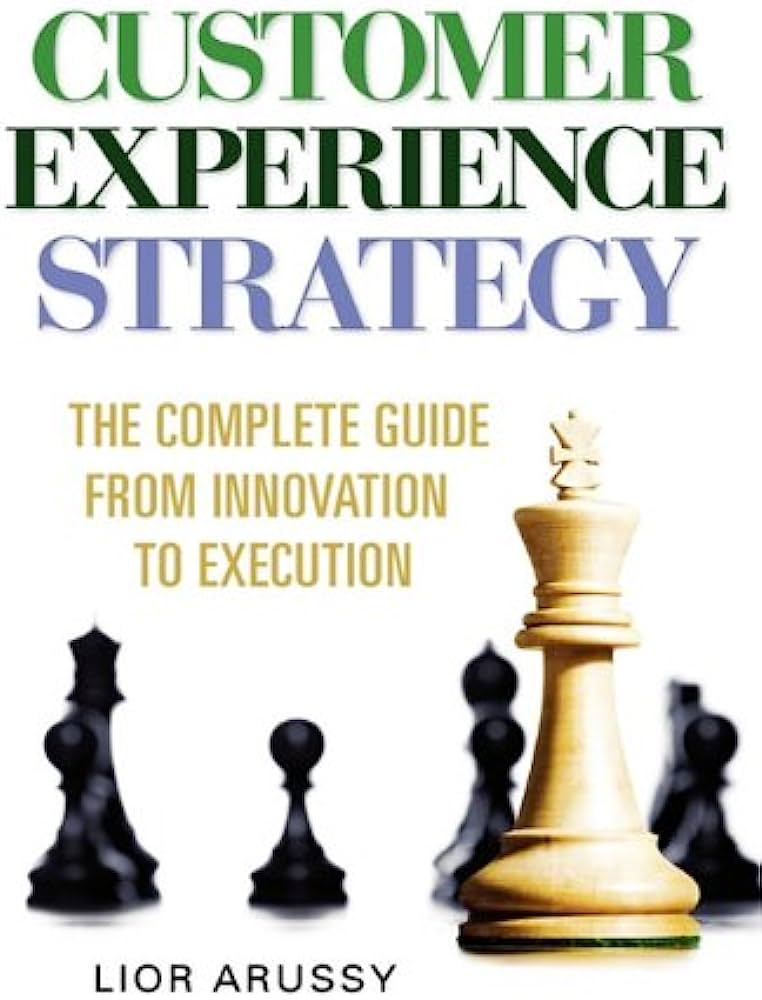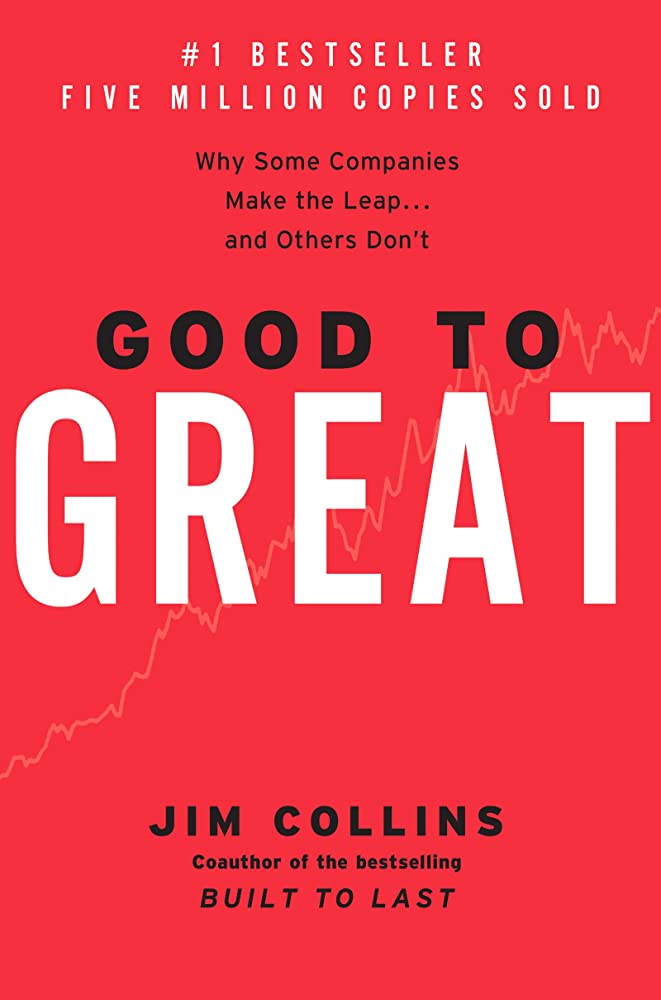See All
Sort by:
This book is written by and for marketing professionals. The authors divide the brain into three parts, and single out the ‘old brain’ as the most important part to target.
Daniel Goleman goes into detail providing an extensive theory and explanation of human behavior, emotional intelligence and how to interpret emotions, identifying the five major components of emotional intelligence.
The author is a professor of behavioral economics and seeks to reveal the hidden forces that shape our decisions, including some of the reactive causes of the 2008 financial crisis.
Given that games and gaming occupy more and more of people’s time, this book provides much-needed insight into why people play games and how games stimulate both gamers and non-gamers.
This book provides a good follow-up to The Ultimate Question (Reichheld, 2006) for better understanding how to apply the NPS (Net Promoter Score) discipline in practice.
Author John DiJulius highlights the importance of relationship building. DiJulius is considered a premier authority on world-class Customer service and is the author of three books on Customer experience.
This book introduces the concept of “mass customization,” a model in which companies have evolved from mass production of standardized goods to produce greater variety in their products and services.
Joseph Pine applies his methodology to the digital realm. It begins with a review of how innovations emerge in various industries, using “experience” to disrupt and capture market share.
The best book reviews in your inbox!
Subscribe now and receive a special gift with your subscription.
Christensen’s book is an analysis of how disruptive and sustaining technologies affect both large and small companies, whether well-led or mismanaged, with advice on how to minimize any negative impact.
This is a comprehensive book on customer experience, combining a theoretical explanation with extensive information on methodology and tools for implementing a customer experience focus across the company.




 Copy Link
Copy Link
 E-mail
E-mail
 LinkedIn
LinkedIn
 Facebook
Facebook
 Telegram
Telegram
 WhatsApp
WhatsApp




























 Go Back
Go Back